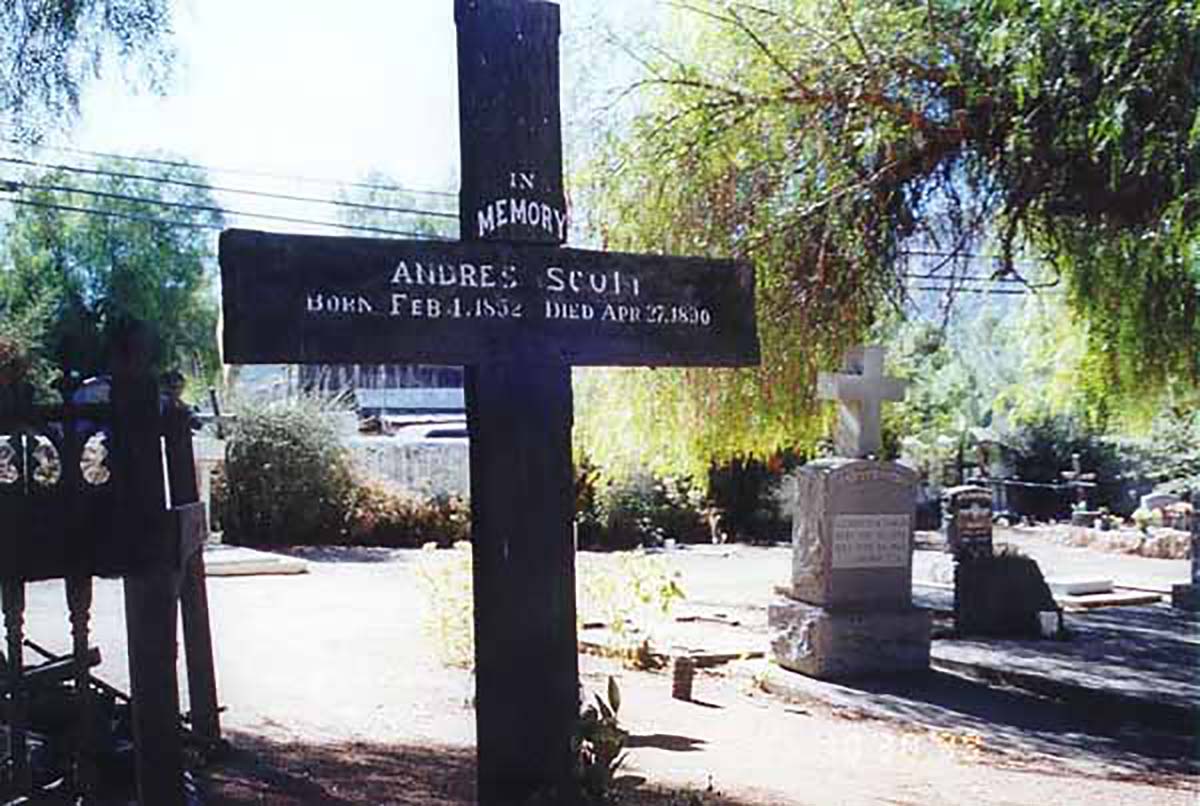How Many Cemeteries Are in the State of California?
By Steve Johnson
June 18, 2021
The number of cemeteries in the State of California is estimated to be between 2,000 to 3,000 depending on whose data you're using and what you define as a cemetery. This only includes cemeteries that can still be seen and recognized, and are still publicly accessible.
If you include abandoned cemeteries that lay hidden underneath brush and dirt, it's possible the actual number of cemeteries in California may be closer to 4,000. If you include family cemeteries located on private property, that are not publicly accessible, that number could escalate as high as 14,000.

Cemetery at Mission San Antonio de Pala in Pala, CA
Where Do These Numbers Come From?
The popular funeral memorial website, Find-a-Grave, shows there are 2,670 cemeteries located in California. However, these are only cemeteries that its volunteers have personally visited and documented.
The San Francisco Chronicle published an article on October 30, 1999, stating there are anywhere from 300 to 1,000 cemeteries across California that are so dilapidated or neglected, they may not even be recognizable as cemeteries anymore. This means in addition to the 2,670 documented by Find-a-Grave, there could be as many as 1,000 more that its volunteers don't know about.
The same article goes on to report that in El Dorado County, a local historian has personally counted 184 abandoned graveyards in her county alone. Find-a-Grave has only documented 94 cemeteries in the same county. This only illustrates that while Find-a-Grave may offer the best tool for mining data on cemetery numbers, it's still far from comprehensive.
Being Buried On Your Own Private Land
Today, it is illegal in California for families to bury their loved ones on their own private land. However, it wasn't until 1976 that the State of California made this a law. Before then, it was up to each city or county to ban home burials. Most rural areas in the State never banned them, which paved the way for private, family cemteries to occur.
There may be as many as 5,000 to 10,000 of these family cemeteries located on private property throughout California. Only a small fraction of these are documented in local historical texts, or documented on websites like Find-a-Grave and Interment.net. Anywhere from 90% to 95% of these family cemeteries continue as being undocumented, and it is not known how many are still being cared for.
Gravesites Buried Beneath the Sands of Time
The California Gold Rush of 1848-1855 and the Dust Bowl Migration of the 1930s created hundreds of lone grave sites and migratory cemeteries scattered beside trails and highways throughout the State. While a lone gravesite may not constitute a "cemetery", some of them had actually grown to include dozens of burials from other migratory families.
But because surviving families could not come back to take care of these gravesites, they eventually succumbed to the elements and were buried under brush and dirt. Now they are lost forever, yet still hold human remains underneath.
The actual number of these lone gravesites and migratory cemeteries is not known. However, it is known that about 250,000 people entered California during the Dust Bowl Migration, and about 140,000 during the California Gold Rush. It's possible as many 35,000 people died along migration routes.
